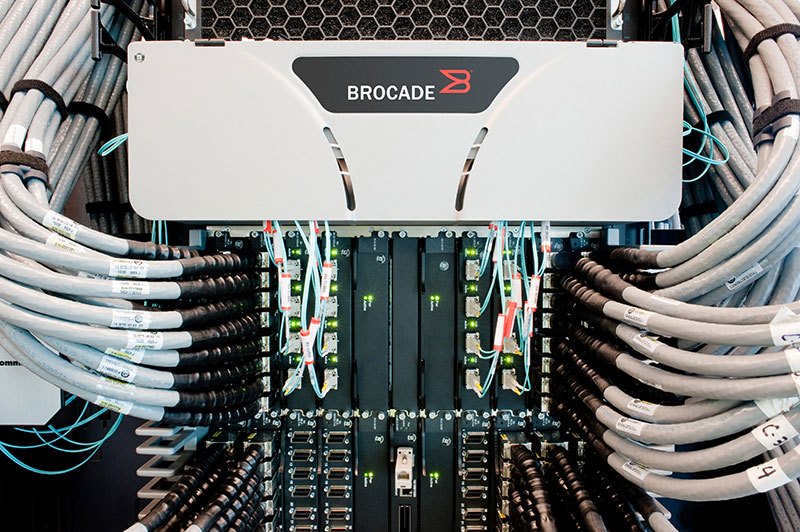To date, much of the discussion around the business benefits of NFV has focussed on cost savings. Certainly, significant OPEX and TCO savings can be made by adopting NFV – through reducing the personnel time and cost, as well as the burden of reconfigurations and maintenance upgrades. Further NFV can eliminate whole hardware upgrade cycles, also cutting CAPEX.
But NFV can deliver much more than just cost savings. It can reduce vendor lock in and mean new functions can be deployed faster than ever before, says Curt Beckmann, chief technology architect, EMEA, Brocade.
Speed and flexibility of deployment
NFV provides operators with the flexibility to add, remove, configure and upgrade network services and capabilities in real time and according to specific customer needs, rather than requiring the ordering and shipping of network appliances to branch offices and remote locations or forcing “one size fits all” services on all customers. This offers service providers the opportunity to provision services to customer faster, reducing lead times and offering innovative, on-demand services with flexible and customisable contracts.
With a standard hardware infrastructure in place, service providers can use a community of independent software vendors, open source code, and home grown innovation to create revenue-generating services that were never before possible or practical.
With a greater freedom to innovate and shorter time to market, operators can reclaim some of the ground lost in recent years to over-the-top (OTT) operators and third party service providers. As network capabilities accelerate, customer experience will improve, and the number of value-added services will expand, driving increased revenue.
Not just for service providers
Though service providers have been the leaders in the NFV space, enterprises will also benefit. NFV removes the need for specific network hardware capabilities, enabling increased cloud mobility even for complex applications. For full mobility, enterprises are adopting NFV internally in their private cloud, and architecting their applications for elasticity. As seasonal or event-driven demand spikes, portions of their virtual infrastructure can expand onto the most competitive cloud provider at any given moment, while key functions or data can remain “at home” where needed for regulatory compliance or risk management.
Network security
Security has been, and will continue to be, a major challenge in networking. With any new technology comes new security threats. Operators want to be able to provision and manage the network while allowing their customers the freedom to run their own virtual space and firewalls securely within the network.
In a cloud environment, multi-tenancy requires virtual resources to be logically separated among tenants. Using orchestration, certain virtual network functions (VNFs) can be deployed on separate compute nodes. They can be further segregated by using separate networks and have different levels of security, meaning that the most mission-critical servers can only be accessed by authorised personnel.
NFV also enables smarter, less disruptive patch management to reduce the operational impact of deploying network infrastructure security updates. For example, an upgraded instance of a VNF can be launched and tested while the previous instance remains active. Once the upgrade has been tested, services and customers can be migrated to it over a period of time and the older, unpatched instance can be discarded.
In addition, if a VNF instance has been compromised in any way, a clean (uncompromised) instance can instantly be spun up to replace it. The compromised version can be decommissioned and a copy of it retained for forensic analysis, therefore improving incident response. More creative options are also available, such as routinely replacing apparently good VNF instances to allow for anomaly detection. The flexibility that NFV introduces enables automated incident responses to include rapid and flexible re-configuration of virtual resources – meaning lower risk of exposing customers to service interruption or network compromise.
No two businesses are the same. What one operator may require in terms of network capabilities and services, another may find unnecessary. While the cost savings and revenue opportunities that NFV helps drive are a huge draw for many operators, by understanding the full potential of NFV, operators can also benefit from scalability, agility and added levels of security to ensure they keep well ahead of the competition.
The author of this blog is Curt Beckmann, chief technology architect, EMEA, Brocade.
Comment on this article below or via Twitter: @ VanillaPlusMag OR @jcvplus






